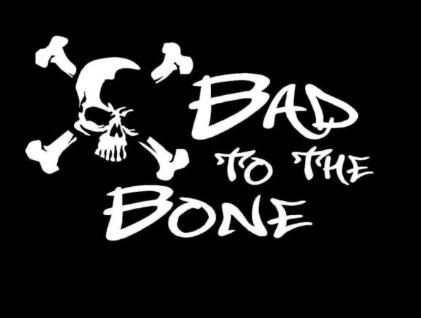Bone broth is promoted as a “super-soup”, rich in collagen and minerals. But in reality, this eye-watering expensive broth is a poor source of nutrition and can’t boost your skin or help your joints as claimed.
Bone broth is huge in the wellness industry right now, with celebrity devotees including ex-Lakers star Kobe Bryant, Gwynnie Paltrow and Salma Hayek all extolling its supposed wonders.
If you like being separated from your cash without gaining any proven benefit, I’d advise you go ahead and get stuck into this fad.
Make sure the broth is organic, grass-fed, hormone, antibiotic and GMO-free and has been slowly bubbled in a cauldron with a sprinkle of powdered unicorn horn and it will be even more worthwhile splashing out on.
Because, quite obviously, the more mysterious and exclusive your bone broth, the more health benefits you are going to reap. It might taste like ditch water and cost $7.49 $10, or even $12 for 16 ounces before additions, but remember it’s not deliciousness that counts but the HUGE HEALTH BENEFITS….and YOU’RE WORTH IT.
Except of course, the last two paragraphs were my feeble attempt at ironic humor, and bone broth is just an unremarkable savory drink. Can’t we all just go back to calling it stock now?
Nothing new to see here
At what point plain old “broth” became “bone broth”, growing mystic medical powers along with the extra syllable, is unclear. But it was probably around the same time that savvy marketing bods realized they could sell, at inflated prices, the same stock that grandma made from beef bones and the scrag end of a poultry carcass.
The clever, if disreputable bit, has been convincing the gullible that it’s worth paying a small fortune for as it’s going to ease osteoarthritis, aid in weight loss, fight inflammation and smooth out wrinkles.
In fact, we’ve been boiling up bones for centuries. Jewish chicken soup, Brazilian pozole and various Asian clear broths all have a stock base made from bones. But, with the exception of chicken soup, nobody has really had the chutzpah to make any significant health claims for humble “bone broth” – until now.
And goodness, those talking up bone broth are definitely doing it big. The small problem being that they’re completely neglecting to back their claims with reliable science.
Collagen Bollagen
Bone broth makers assert their products are superior to plain old stock because of higher quality ingredients and a slower, longer cook time. But there is virtually zero research into the health attributes of bone broths, and a zillion different recipes so it's impossible to make generalizations.
It can be acknowledged that most do have a reasonable amount of protein – typically 6-10 grams a cup, or about the same as in a boiled egg – and collagen contributes significantly to this protein tally. But the claim that this collagen will plump the complexion and ease arthritis – implying that it will make a make a beeline for your skin and joints – is complete nonsense.
What actually happens is that collagen, like all other ingested proteins, is broken down by the digestive system into amino acids, which the body uses as needed for whatever purpose required. And as collagen researcher Brooke Russell pointed out in another article for ACSH about the daftness of adding collagen to coffee, collagen’s molecular structure breaks down in hot fluid anyway, so its degradation has already begun in bone broth way before it gets into your body.
Insignificant vitamin and mineral content
Another favorite claim is that bone broth is a good source of calcium (sort of logical you might think, as bones are indeed a concentrated source of this mineral). But all that long slow boiling only draws out a small amount of the mineral, with a typical amount of calcium per cup being just 4% of the Daily Value (DV).
A cup of bone broth may also supply 2-6% of the DV of iron but precious little else of interest and can easily contain 13-19% of the DV of sodium.
Indeed way back in 1934, early nutritional analysis pioneers Professor Robert McCance and Elsie Widdowson published their findings (in the Archives of Disease in Childhood) that stock made from bones was a poor source of nutrients.
A 2017 paper also concluded bone broth has insignificant mineral nutrients while highlighting that it contains heavy metals – not in levels of concern but present nonetheless. It’s interesting to note that the bone broth promoters don’t rush to mention this!
Some bone broths can also be a decent source of vitamin A, but not on account of the bones. Instead bone broths that contain vitamin A usually have added carrots as a flavouring.
That’s because at the end of the day you usually have to add other ingredients to make bone broth taste nice and be more nutritious – which just makes it a good old bowl of soup really and you don’t want to be paying over the odds for that.




